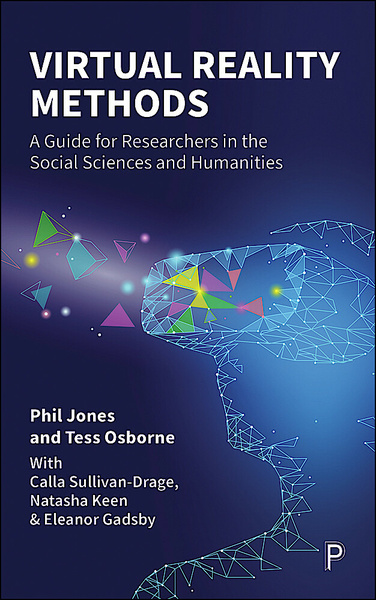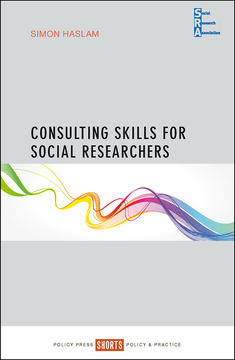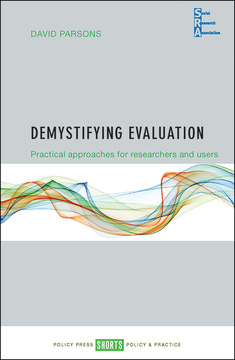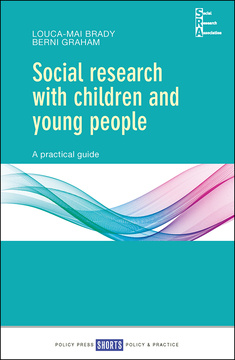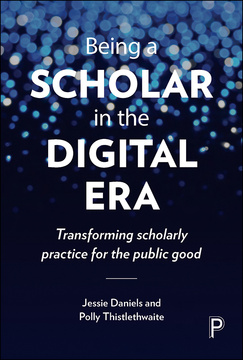Virtual Reality Methods
A Guide for Researchers in the Social Sciences and Humanities
By Phil Jones and Tess Osborne With Calla Sullivan-Drage, Natasha Keen and Eleanor Gadsby
Published
Jun 15, 2022Page count
158 pagesISBN
978-1447360759Dimensions
203 x 127 mmImprint
Policy PressPublished
Jun 15, 2022Page count
158 pagesISBN
978-1447360766Dimensions
203 x 127 mmImprint
Policy PressPublished
Jun 15, 2022Page count
158 pagesISBN
978-1447360766Dimensions
203 x 127 mmImprint
Policy PressPublished
Jun 15, 2022Page count
158 pagesISBN
978-1447360773Dimensions
203 x 127 mmImprint
Policy PressEPUB and EPDF available Open Access under CC-BY-NC-ND licence.
Since the mid-2010s, virtual reality (VR) technology has advanced rapidly. This book explores the many opportunities that VR can offer for humanities and social sciences researchers.
The book provides a user-friendly, non-technical methods guide to using ready-made VR content and 360° video as well as creating custom materials. It examines the advantages and disadvantages of different approaches to using VR, providing helpful, real-world examples of how researchers have used the technology. The insights drawn from this analysis will inspire scholars to explore the possibilities of using VR in their own research projects.
“This book is delightful, deeply informative and suitable for many audiences. It is an eye-opener for all who thought of doing research with virtual reality but did not know where to start.” Alexander Klippel, Wageningen University
Phil Jones is Reader in Cultural Geography and runs the Playful Methods Lab at the University of Birmingham.
Tess Osborne is Lecturer and Researcher in Human Geography at the University of Groningen, the Netherlands.
Calla Sullivan-Drage, Natasha Keen and Eleanor Gadsby are independent scholars and former members of the Playful Methods Lab at the University of Birmingham, UK.
What is VR and why use it in research?
Working with existing VR material: content analysis
Working with existing VR material: activities with participants
Working with social VR
Creating 360° imagery
Creating original VR content
Conclusion: next steps in VR research








